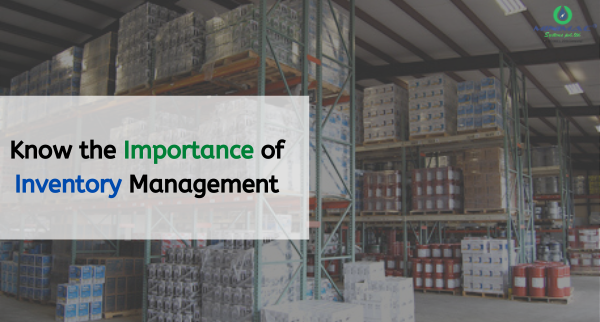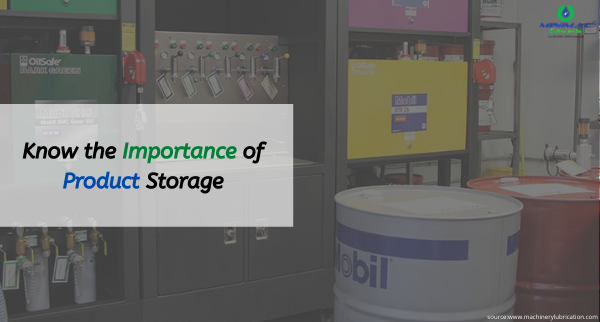7 Ways to Inspect the Lubricant/Oil.

1) Visual Inspection of Oil in a Sample Bottle:- – Colour: wrong or mixed oil, photo-catalytic reaction, oxidation and thermal degradation, soot, chemical contamination – Emulsions and Cloudiness: haze to buttermilk, cuff, stable or unstable, additive floc, salt, air, glycol. – Free Water: colour, speed of separation, level – Sediments – colour: amber, black, translucent, settling rate, density and particle size, laser through the bottle. 2) Using Oil Colour as a Field Test:- – You can check the colour of the oil sample with the help of an oil change colour gauge by using glass or PET plastic bottles. – Without a gauge, you can compare the sample with a new oil sample and observe the colour, if you find that colour of the oil is milky or dark, then check the contamination & moisture in oil with the help of an Oil testing kit. 3) Moisture Detection by Vision:- – Visual inspection – Transparent container – Use comparators and good lighting, laser pointer



